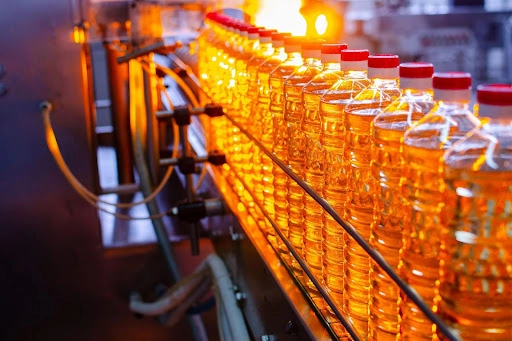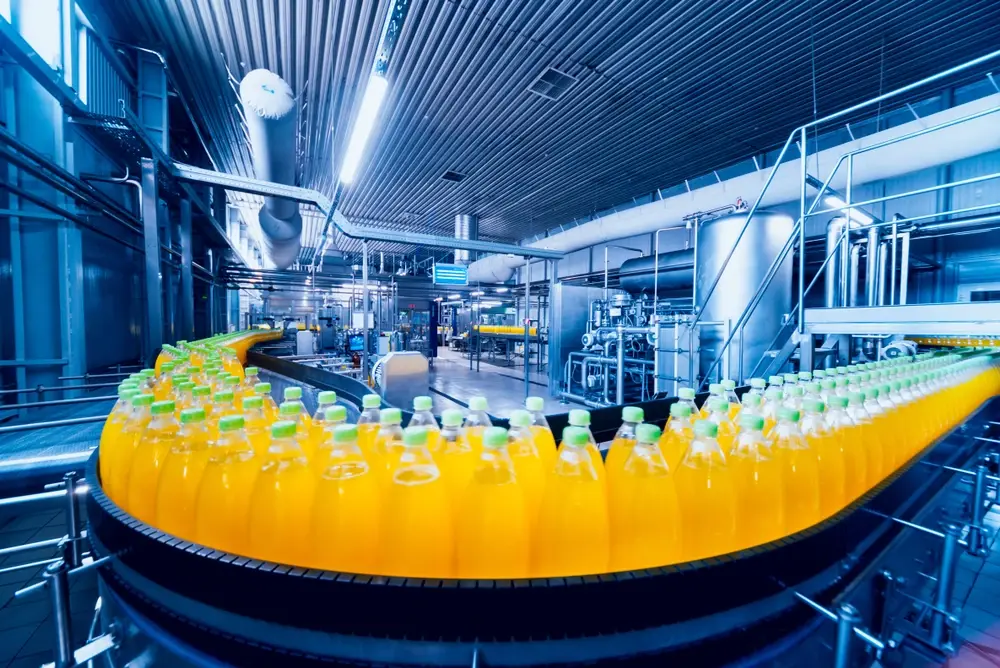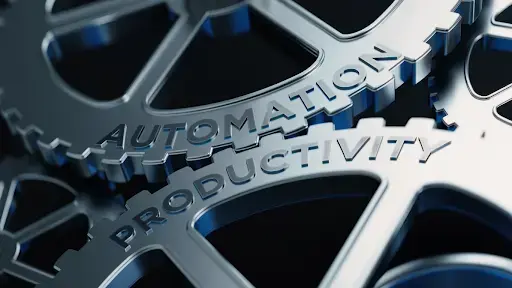Smarter Scaling with Food and Beverage Process Engineering
The food and beverage industry operates under some of the toughest regulations to protect public health and safety.

Access MXD Process resources including blogs, technical guides, manuals, and maintenance tips—everything you need to optimize, troubleshoot, and expand your process knowledge.
Discover who we are, the industries we serve, and the trusted brands behind our process equipment and environmental solutions. Learn how our team brings precision, innovation, and reliability to every project.
4 min read
MXD Process Mar 28, 2024 9:19:33 AM
In the food and beverage industry, public health and safety are at high stakes – so reliance on sanitary processing equipment is non-negotiable. This industry is one of the most heavily regulated sectors globally due to the direct impact that food safety and quality have on consumers’ health.
In this article, we’ll review the types of sanitary processing equipment used in the industry, standards that must be met, FDA regulations and compliance, and much more.
There are three main types of sanitary processing equipment used in the food and beverage industry:
Pasteurizers are typically used in the food and beverage industry to destroy harmful microorganisms in products such as milk, juice, beer, and other beverages.
They operate by heating the product to a specific temperature for a set period, effectively reducing bacterial content without altering the taste or nutritional value.
Homogenizers are frequently used to improve the consistency and stability of food and beverage products by breaking down fat molecules in milk or integrating ingredients to create a uniform mixture.
This process is often used to prevent separation in dairy products, enhance the texture of sauces and creams, and improve consistency to meet consumer expectations.
Tanks play multiple roles in the food and beverage industry – storage, fermentation, and processing. Storage tanks keep ingredients or finished products under controlled conditions, while fermentation tanks are used in the production of beer, wine, and other fermented goods.
As mentioned above, the food and beverage industry is highly regulated. These regulations and compliance are important for several reasons, but most importantly to:
Sanitary processing equipment must offer three key features:
Typically, the food and beverage industry relies heavily on stainless steel, typically highly polished, to ensure these standards are met.
Stainless steel mixers and tanks are used due to the steel’s smooth surface, strong withstanding to industrial conditions, neutrality, and easy-to-clean and disinfecting nature. In the dairy industry specifically, stainless steel is used primarily due to its ability to be non-reactive to the lactic acids that form during the milk fermentation process.
FDA Regulations: Sanitary Process Equipment MaterialsThe FDA states that equipment must be constructed of materials that have been proven acceptable, including the following standards: Durability - Materials of construction must be able to withstand chemical corrosion, pressures, and temperatures that are utilized in daily processes. Compatibility - All materials must be compatible with stated cleaning solutions, SIP conditions, bioprocessing conditions as defined by the user and owner, and an industry-recognized standard as defined in paragraph MM-4 of the ASME BPE guidelines. Homogeneity - All surfaces that are exposed to SIP cleaning or fluids must be nonabsorbent, impervious, inert, nontoxic, corrosion and scratch-resistant, insoluble, and naturally homogeneous. Cleanability - Any tubing, systems, or equipment that will require cleaning must respond well to surface cleaning methods and must not contain imperfections that cannot be cleaned or fixed. Fasteners and threads must be able to avoid being exposed to cleaning solutions, and bolted attachments should be reduced and eliminated as a priority. There should be no embossing or engraving of materials on the process contact side; if they are required at any point, other identification methods must be utilized. Drainability - Gravity is considered an effective way to drain bioburdens away from process surfaces. To this end, Nonmandatory Appendix C of the ASME BPE standard designates pitched lines that move to points at a designated slope for various systems and equipment types. Gravity-drained systems must be constructed in such a way that the continuous pitch of the system equals or betters the designation of the slope. Additional Requirements - There are additional requirements for systems or equipment that are intended to be cleaned in place (CIP), such as the availability of lubricants and the exterior design of certain equipment that must be frequently washed down. |
To maintain sterile equipment, proper cleaning steps need to be performed. The two processes slightly differ between sanitary stainless steel tanks and sanitary mixers.
For breweries using stainless steel tanks, they often use a combination of three cleaning agents to ensure sanitary conditions.
In the dairy industry, cleaning and sterilizing requires the eradication of all contamination that may stick to the surface of the stainless steel. To do this effectively, the surfaces must go through an in-depth cleaning and disinfectant process. The tanks can be no higher than a typical person’s hand's reach, ensuring that all surfaces can be cleaned and reached. Additionally, some tanks come with sanitizing spray nozzles but typically, the interior needs to be hand-cleaned.
Some stainless steel items in the food industry cannot be cleaned in the same manner as tanks or removable parts. For example, all of the removable parts on mixers and slicers must be removed and sanitized. The remaining (fixed) parts need to be cleaned with hot water and a detergent and then rinsed, air-dried, and covered/sprayed with a sterile solution.
For added protection, mixing shafts and impellers can be welded and polished to eliminate pits and pockets where bacteria can grow, or can be coated with a non-stick coating (like Teflon) to assist in the cleaning process.
The food and beverage industry depends on sanitary processing equipment to operate. Without it, manufacturers wouldn’t be able to keep up with the in-depth regulations and compliance needed.
If you’re in the food and beverage industry and looking for ways to improve your sanitary process equipment or sanitation practices, our team at MXD Process is happy to help.

The food and beverage industry operates under some of the toughest regulations to protect public health and safety.

In today's fast-paced world, process automation drives efficiency and scalability, especially for small businesses. However, adopting automation can...

AI is changing the way we manufacture in nearly every industry. It’s helping us work more efficiently and reduce human error – but it comes with an...